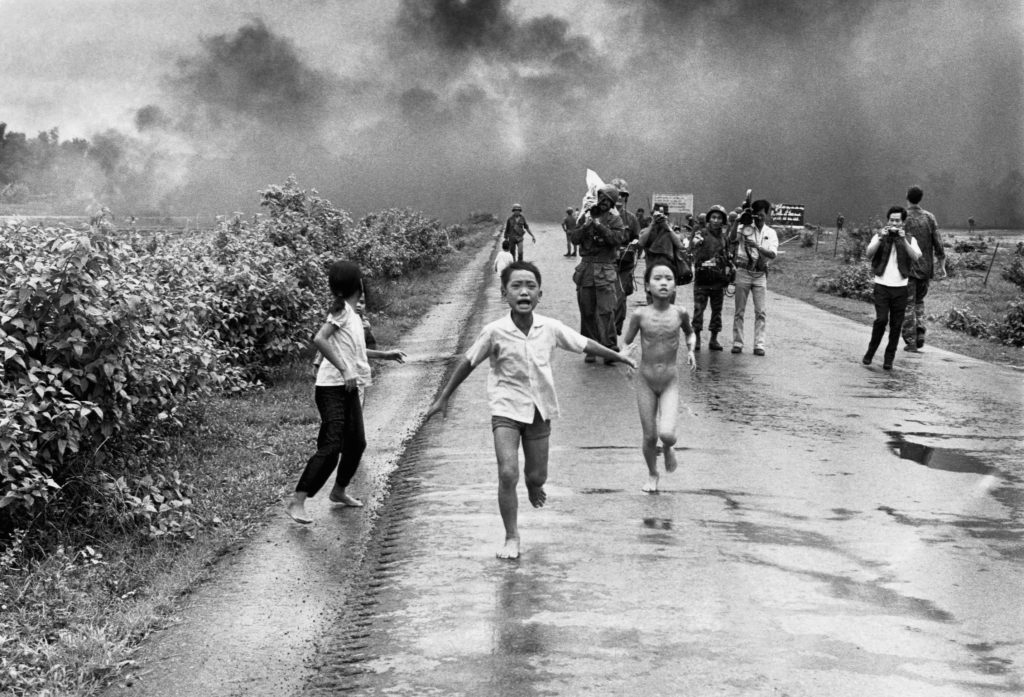Facebook taking heat over Vietnam photo

Photojournalism tells a story. Often, that story is neither pretty nor heartwarming. Good photojournalism can get people thinking and reflecting as much as the best-written features can. And certain images are seared into our national consciousness. Armstrong on the moon. John-John saluting his father’s casket. Kent State students weeping over the bodies of their friends. Segregated lunch counters. A little naked girl racing down a dusty road trying to escape the carnage where her village used to be.
The last photo became the touchstone for a debate over free speech and the importance of unfettered journalism after Facebook censors banned it from the world’s leading social media engine. After Napalm Girl was banned, the owner of the account, a European media company, appealed directly to Facebook CEO Mark Zuckerberg in an open letter.
In the letter, the editor of the Norwegian news agency said he was upset, disappointed … even afraid…” about Facebook’s impact on media freedom. Facebook responded with the following statement:
“After hearing from our community, we looked again at how our Community Standards were applied in this case… Because of its status as an iconic image of historical importance, the value of permitting sharing outweighs the value of protecting the community by removal, so we have decided to reinstate the image on Facebook where we are aware it has been removed.”
The response signals a specific win for the offended media company, but the incident has touched off a debate about the role of Facebook and other social media in the ongoing media shift that is happening. From citizen journalism to the free exchange of ideas – principles are being challenged at every level. CEOs of social platforms are being called editors and arbiters of truth and reality. This may not be a role guys like Zuckerberg wanted, and in some cases, it’s not a role the social platforms are ready to take on … but they don’t have a choice. Consumer tastes and practices are changing, and these shifts are forcing new discussions about propriety, decency and journalistic responsibility.
This goes beyond affronted special interest groups insisting Facebook is censoring their content. It’s about where the line is between sensationalism and “real news”. That line is being redrawn all over the place, and the industry standards that once bound traditional journalism are proving inadequate in a world where anyone can be both a consumer and a producer of media content.
Photojournalism tells a story. Often, that story is neither pretty nor heartwarming. Good photojournalism can get people thinking and reflecting as much as the best-written features can. And certain images are seared into our national consciousness. Armstrong on the moon. John-John saluting his father’s casket. Kent State students weeping over the bodies of their friends. Segregated lunch counters. A little naked girl racing down a dusty road trying to escape the carnage where her village used to be. The last photo became the touchstone for a debate over free speech and the importance of unfettered journalism after Facebook censors banned it from the world’s leading social media engine. After Napalm Girl was banned, the owner of the account, a European…